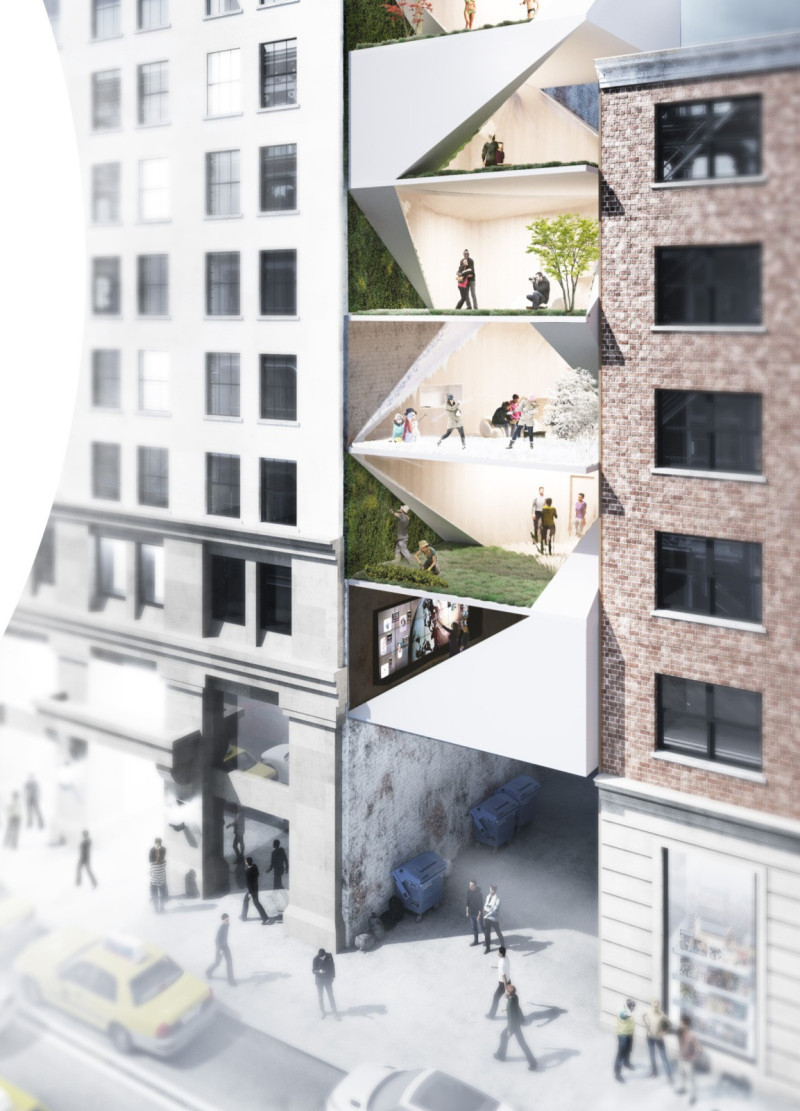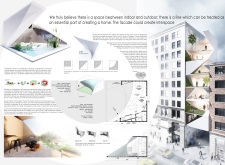5 key facts about this project
The primary function of the project is to serve as a residential dwelling, featuring open-plan living areas that promote social interaction while also providing private zones for individual activities. Its architectural elements are carefully crafted to ensure maximum light exposure and ventilation, enhancing the overall living conditions. The juxtaposition of different materials, including glass, steel, wood, concrete, and fabric membranes, highlights a thoughtful approach to both aesthetics and practicality.
Innovative Facade Design
One of the key features of this project is the implementation of rotating facades. This design choice allows inhabitants to control light and airflow based on their preferences and the prevailing weather conditions. The dynamic nature of the facade serves as a visual representation of the adaptive qualities of modern architecture. By incorporating transparency and flexibility, the building fosters a connection with the surrounding landscape, inviting users to experience the outdoors while remaining within the comfort of their home.
Spatial Organization and Interaction
The spatial layout of the project is characterized by interconnected areas that facilitate movement and interaction. The open-plan design not only encourages social engagement but also offers opportunities for flexible usage of space. Nooks and alcoves strategically positioned throughout the dwelling provide inhabitants with private retreats, balancing communal living with personal solitude. The integration of smart technology into the living areas enhances user comfort, allowing for personalized adjustments to environmental factors such as temperature and lighting.
For a comprehensive understanding of the architectural design of this project, including detailed architectural plans and sections, we encourage readers to explore the project presentation further. Examining these components will provide additional insights into the architectural ideas and structural details that define this unique residential design.























